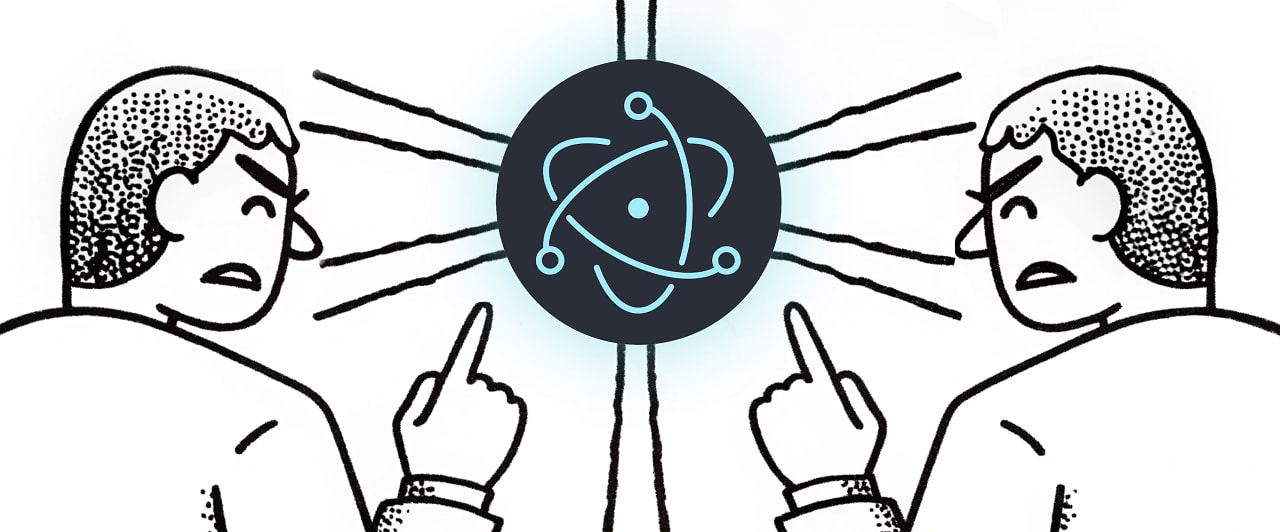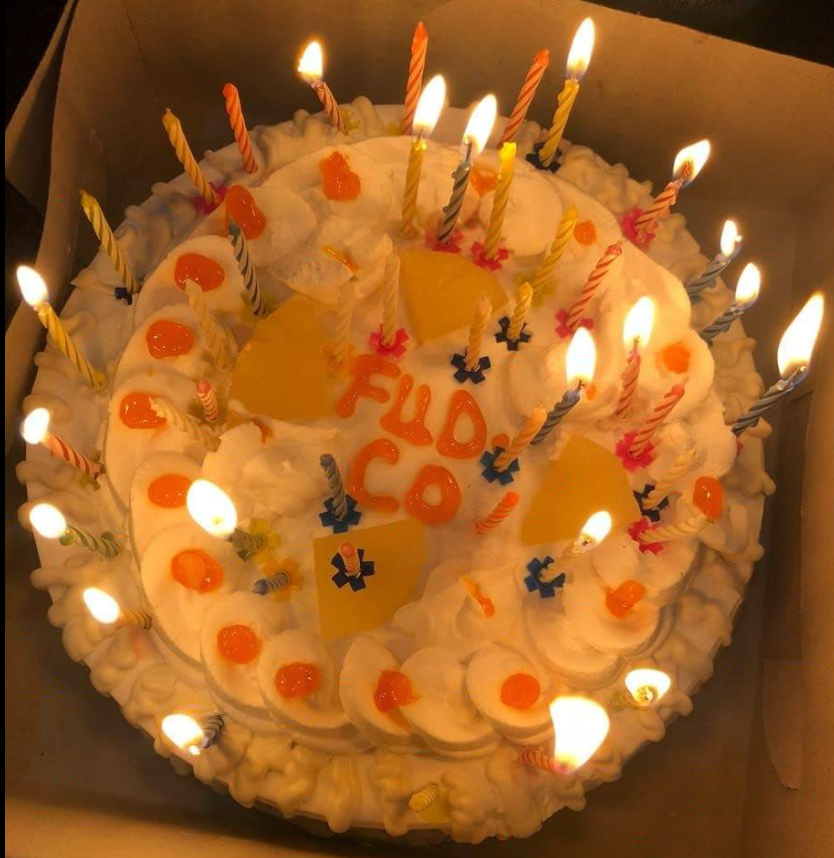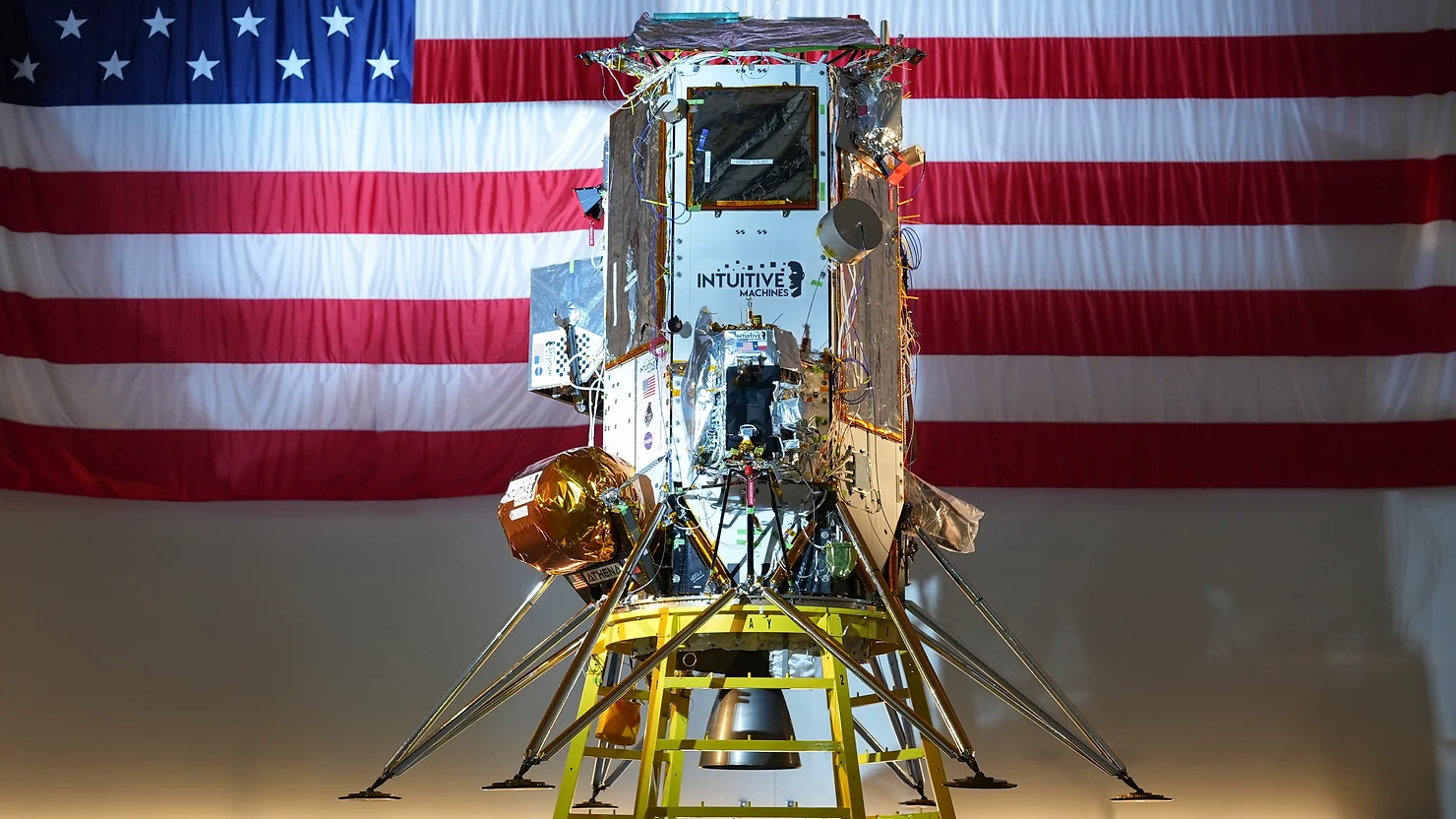MTSS: Improve Tier 1 Instruction with Small Groups
Multi-Tiered System of Supports (MTSS) is an instructional framework that uses assessment data to identify and address students’ academic, behavioral, and social-emotional needs. It provides targeted instruction, scaffolds, and support at varying levels of intensity to ensure all students receive an equitable learning experience and can make progress toward clear, standards-aligned goals (California Department of […] The post MTSS: Improve Tier 1 Instruction with Small Groups appeared first on Dr. Catlin Tucker.

Multi-Tiered System of Supports (MTSS) is an instructional framework that uses assessment data to identify and address students’ academic, behavioral, and social-emotional needs. It provides targeted instruction, scaffolds, and support at varying levels of intensity to ensure all students receive an equitable learning experience and can make progress toward clear, standards-aligned goals (California Department of Education, Definition of MTSS).
Multi-Tiered System of Supports
Let’s think of the three tiers of MTSS like the healthcare system. Tier 1 is preventative care, which includes things like regular check-ups designed to keep everyone healthy and catch problems early. This is similar to the high-quality, standards-aligned core instruction that all students receive. Tier 2 is akin to visiting a specialist for targeted care, like going to physical therapy or receiving dietary advice. It’s extra support tailored to people’s specific needs that were not met in Tier 1. This is similar to small group reteaching and support with specific scaffolds in education. Tier 3 is intensive care, like managing a chronic condition or having surgery to correct a serious medical issue. In a classroom, Tier 3 interventions are individualized, specific, and designed to support students with the most significant academic needs.

Tier 1 Instruction: The Small Group Advantage
Tier 1 instruction is often called core instruction or universal support because it is designed to meet the needs of “most” students in a classroom. My good friend, Dr. Katie Novak, emphasized the importance of Tier 1 instruction on her podcast, The Education Table, explaining that “MTSS focuses heavily on creating strong Tier 1 instruction, which is first and best instruction for all students. Research indicates that when Tier 1 is robust and inclusive, the need for additional interventions decreases significantly. So, the most important component of MTSS is a strong foundation in Tier 1.”
Many in education assume that because Tier 1 is designed to meet the needs of most students in a class it should be presented in a teacher-led whole-group instructional session. However, research shows that whole-group instruction is not always the most effective way to meet the needs of diverse learners. A teacher-led, one-size-fits-all approach to instruction may fail to engage all students, particularly when their readiness levels, interests, and learning profiles vary significantly. Studies on instructional grouping also highlight that students in K-12 who are grouped based on their academic needs experience improved performance outcomes (Steenbergen-Hu, Makel & Olszewski-Kubilius, 2016).
In their paper titled Aligning Practice with Research: Using Small Groups to Differentiate Instruction, Siegal, Hall & Mesa (2024) write, “All students should receive Tier 1 instruction that includes high-quality teaching practices. Differentiation using small groups should be considered one of those best practices and serves as a method for addressing the various needs students bring to the general education classroom.” They highlight the benefits of tailoring Tier 1 instruction and support to smaller groups of students to improve the effectiveness of Tier 1 instruction, that way we don’t have the need for as much Tier 2 or Tier 3 interventions.
When working with teachers, I ask them to consider the following questions when deciding if an instructional session would be better presented in differentiated small groups instead of to the whole class.
- Is this concept or skill foundational? Is it something you will need to build on instructionally?
- Is this a concept or skill that is complex, nuanced, or traditionally challenging for students to understand or apply?
- Is this a vocabulary-rich lesson that non-native speakers might struggle with? Does this instruction include subject or domain-specific vocabulary that may be challenging?
- Does the pre-assessment or diagnostic data reveal that students are in different places in relation to this concept or skill?
If the answer to any of these questions is “yes,” that instruction will likely be much more effective if teachers can present the material in a differentiated small group instructional session. When teachers have the time to work with small groups, they can be more strategic about how they introduce concepts or model skills.
Differentiating Small Group Instruction
In small groups, teachers can adapt instruction by modifying the instructional content, the delivery approach (e.g., level of explicitness), the degree of scaffolding offered, and the frequency or intensity of the instruction provided (Tomlinson, 2014).
When I work with educators to differentiate small group instruction, I encourage them to think about how they might tailor the following for different groups.
- Use texts, prompts, and/or problems at different levels of rigor and complexity.
- Provide supports and scaffolds (e.g., visual aids, graphic organizers, manipulatives).
- Pair students strategically for “pairs do” activities and practice to allow for peer support while the teacher observes to assess competency level and identify students who need more support.
- Adjust teacher guidance and support.
- Give formative feedback.
Small group differentiated instruction allows teachers to meet their students where they are, providing individualized attention and support that a whole class instructional session cannot achieve. By tailoring instruction, scaffolds, and support to specific student needs, teachers can create a more equitable and inclusive learning environment. This approach ensures that students who need additional help receive it and allows advanced learners to be challenged appropriately.
The dynamic nature of small group instruction encourages active engagement, fosters meaningful interactions that build relationships, and provides opportunities for real-time formative feedback. These benefits are exponentially harder to achieve in a large group setting. As teachers strategically shift some Tier 1 instruction from whole group to small groups, they can provide learning experiences where all students feel supported and have the opportunity to be successful.
Need Support Making the Shift to Differentiated Small Group Instruction?
If you’re a teacher eager to explore an instructional model that creates opportunities for you to work with small groups and deliver differentiated instruction, check out my blogs on the station rotation model or dive into my mini-course! For school leaders looking to support teachers in designing and facilitating effective small group instruction to elevate the quality of Tier 1 instruction, I offer both in-person and online workshops tailored to help teachers make this shift with confidence.
The post MTSS: Improve Tier 1 Instruction with Small Groups appeared first on Dr. Catlin Tucker.













![From Gas Station to Google with Self-Taught Cloud Engineer Rishab Kumar [Podcast #158]](https://cdn.hashnode.com/res/hashnode/image/upload/v1738339892695/6b303b0a-c99c-4074-b4bd-104f98252c0c.png?#)
































































